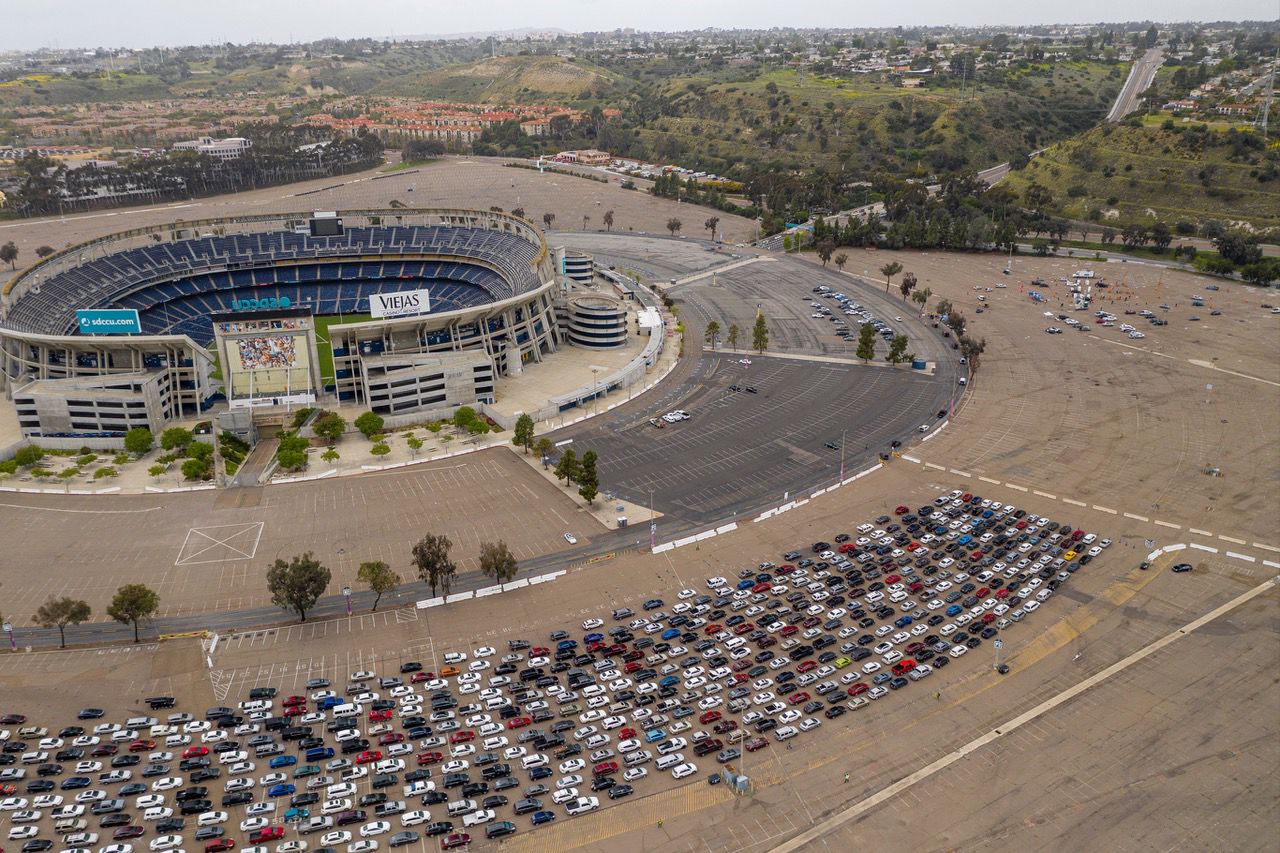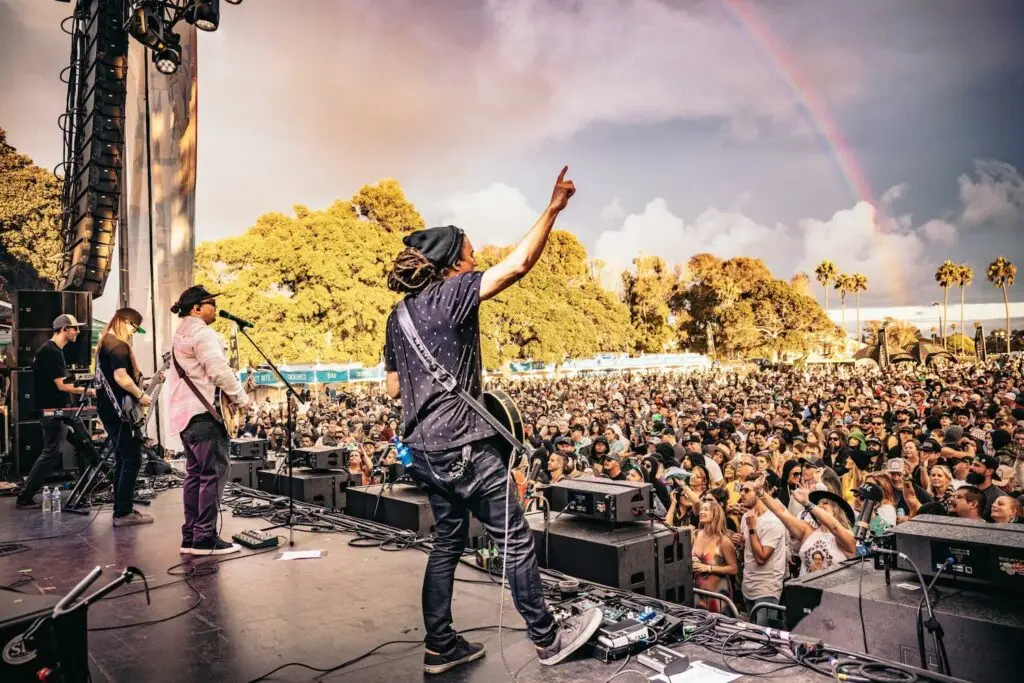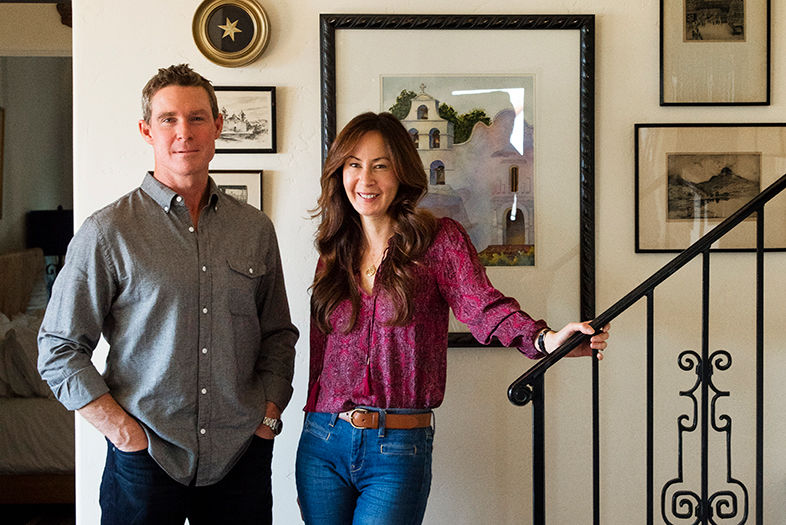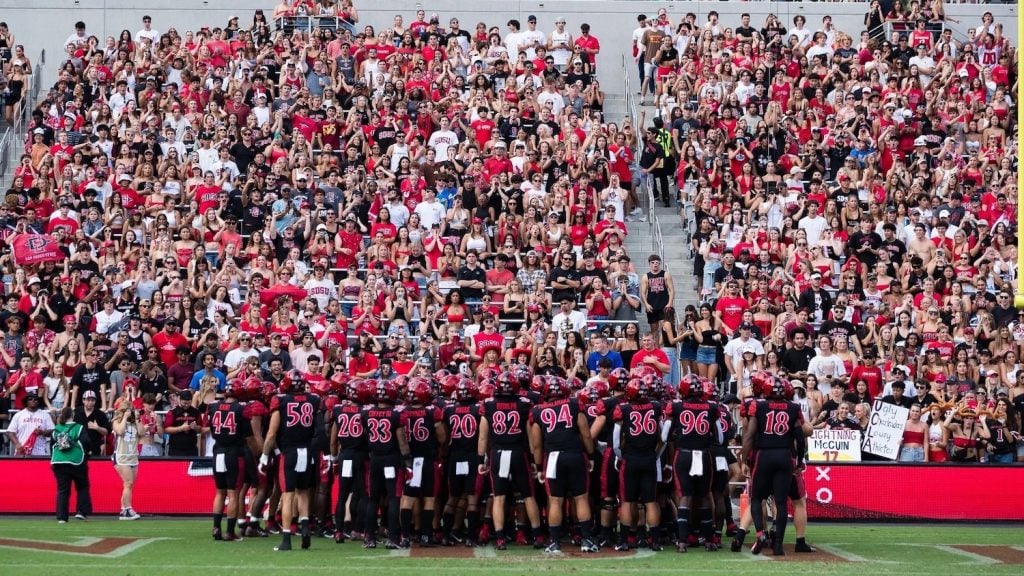Everyone save for the rarest of Americans needs help. But Maslow’s famed hierarchy of needs lists food as the first, most essential human need. Everything else—jobs, rent, mortgage, love, life itself—doesn’t matter if you don’t have food.
Last year, about 40 million Americans were food insecure, meaning they didn’t know where their next meal was coming from. That number includes approximately 11 million kids. In the last two weeks, over 17 million Americans have filed for unemployment. And those are just the people who’ve filed. It’s just the start.
One of the city’s top hunger relief organizations, Feeding San Diego, is already seeing a 40-50 percent increase in people who need help, according to CEO Vince Hall. And the fact that many restaurants are closed or open in very limited ways (to-go and delivery only), has put FSD in a real tough spot.
“One of the innovative things we do is we rescue food from grocery stores, restaurants and catering operations that would otherwise go to the landfill,” says Hall. “We received food from 204 Starbucks stores. They’re now closed. So we need to pivot from rescued food to food we can buy. At the same time, we’re facing unique extraordinary costs associated with distributing during the crisis.”
Hall is asking anyone who has the means to donate financially on their website (feedingsandiego.org). San Diego resident Gwendolyn M. Sontheim Meyer recently pledged to match up to $1 million for every dollar that’s donated. They also need volunteers at distribution sites.
FSD’s operations have been slimmed down to safely distribute food. At their main distribution center, usually full of volunteers, has been limited to essential personnel only. They have set up drive-thru lanes, where people can pull up and food will be placed in their trunk.
The demographics are changing dramatically. “At some of our new distribution sites, everyone showing up is new to the problem of hunger,” says Hall.
Because Feeding San Diego doesn’t rely on federal funding, they aren’t required to make people fill out paperwork or prove their need (other hunger-relief organizations have been allowed to do the same during the pandemic).
The new face of hunger is creating some awkward moments for everyone.
“Sometimes I’ll get complaints from our people saying, ‘I saw somebody pull up to the food distribution in a Lexus… how can that be someone in need?’” Hall explains. “But I talked to a man driving a nice car and he said, ‘Well, I’m blessed and I’m taken care of, but there are three seniors sheltering in place in my neighborhood, two of them live alone, and I’m picking up food for them.”
Seniors and at-risk locals are especially at risk right now, Hall explains, suggesting everyone check on their neighbors to see if they might need help securing food.
“Adding to the complexity is that many of these seniors cannot safely prepare meals,” he says. “They don’t just need food, they need meals. We’re working in a partnership with the County Offices of Emergency Services to get food to these seniors who are sheltering in place. I tip my hat to the organizations that have done that work day in and day out, like Special Delivery, Meals on Wheels, and Serving Seniors know how to do this in a safe way. We’re helping, but they are the last mile delivering that to seniors.
“People are starting to look out for neighbors,” he says. “This is a moment when the better angels come to bear.”

PARTNER CONTENT
The line of cars at the Mission Valley stadium, which Feeding San Diego has used as a distribution center.








